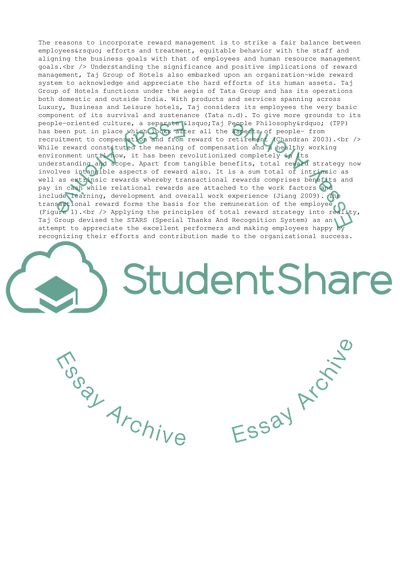Cite this document
(Reward Management at Taj Hotels Assignment Example | Topics and Well Written Essays - 2000 words, n.d.)
Reward Management at Taj Hotels Assignment Example | Topics and Well Written Essays - 2000 words. Retrieved from https://studentshare.org/management/1749658-human-resource-managment
Reward Management at Taj Hotels Assignment Example | Topics and Well Written Essays - 2000 words. Retrieved from https://studentshare.org/management/1749658-human-resource-managment
(Reward Management at Taj Hotels Assignment Example | Topics and Well Written Essays - 2000 Words)
Reward Management at Taj Hotels Assignment Example | Topics and Well Written Essays - 2000 Words. https://studentshare.org/management/1749658-human-resource-managment.
Reward Management at Taj Hotels Assignment Example | Topics and Well Written Essays - 2000 Words. https://studentshare.org/management/1749658-human-resource-managment.
“Reward Management at Taj Hotels Assignment Example | Topics and Well Written Essays - 2000 Words”. https://studentshare.org/management/1749658-human-resource-managment.


